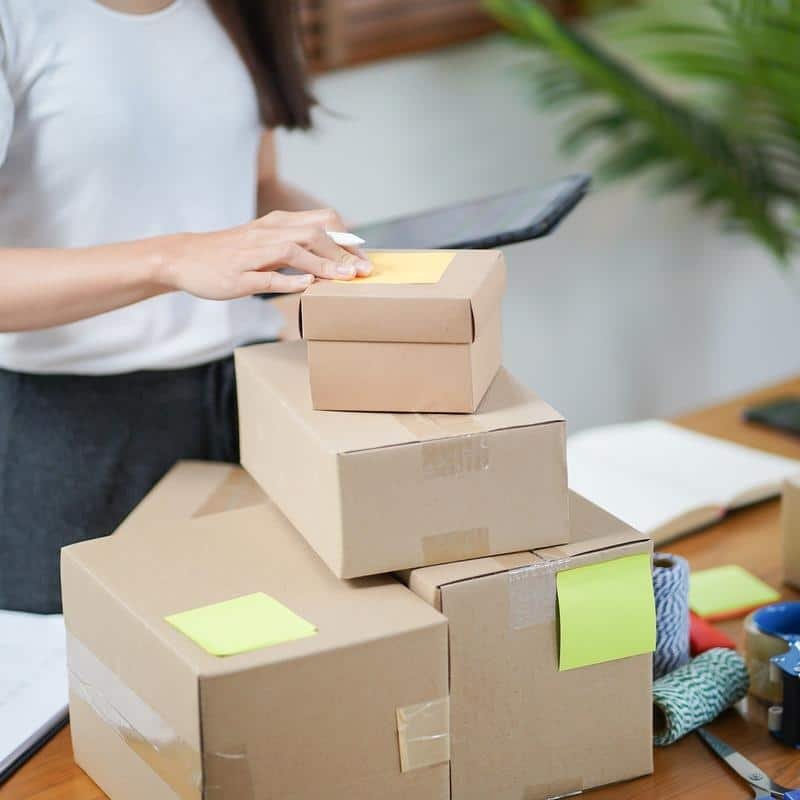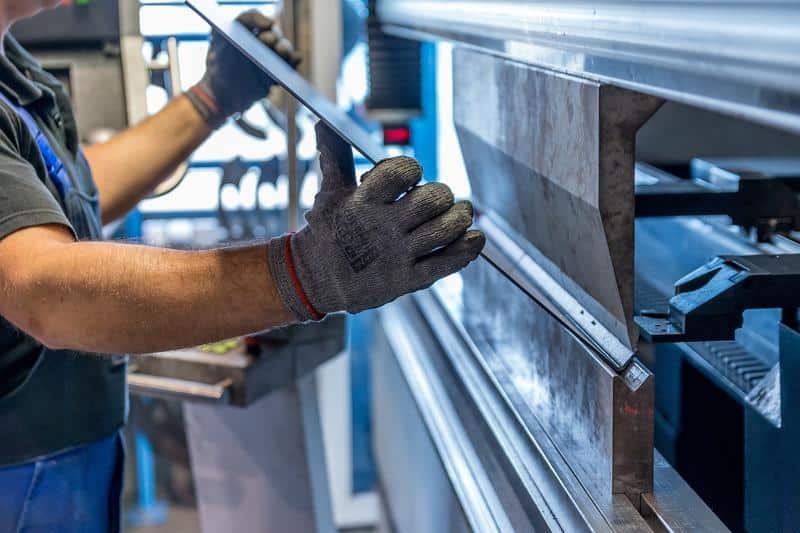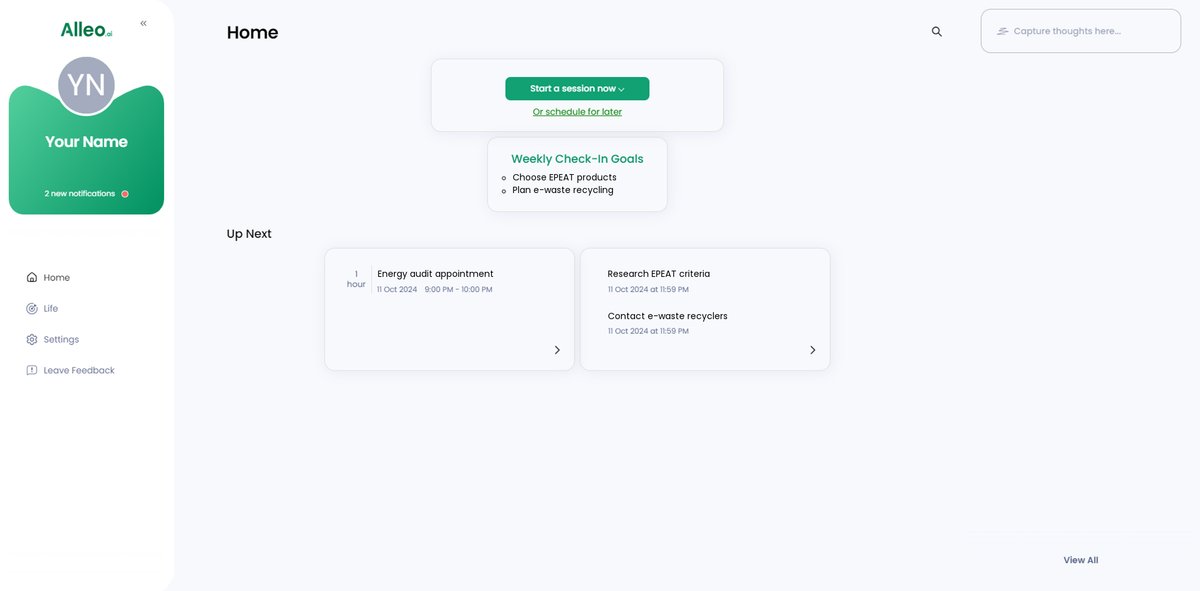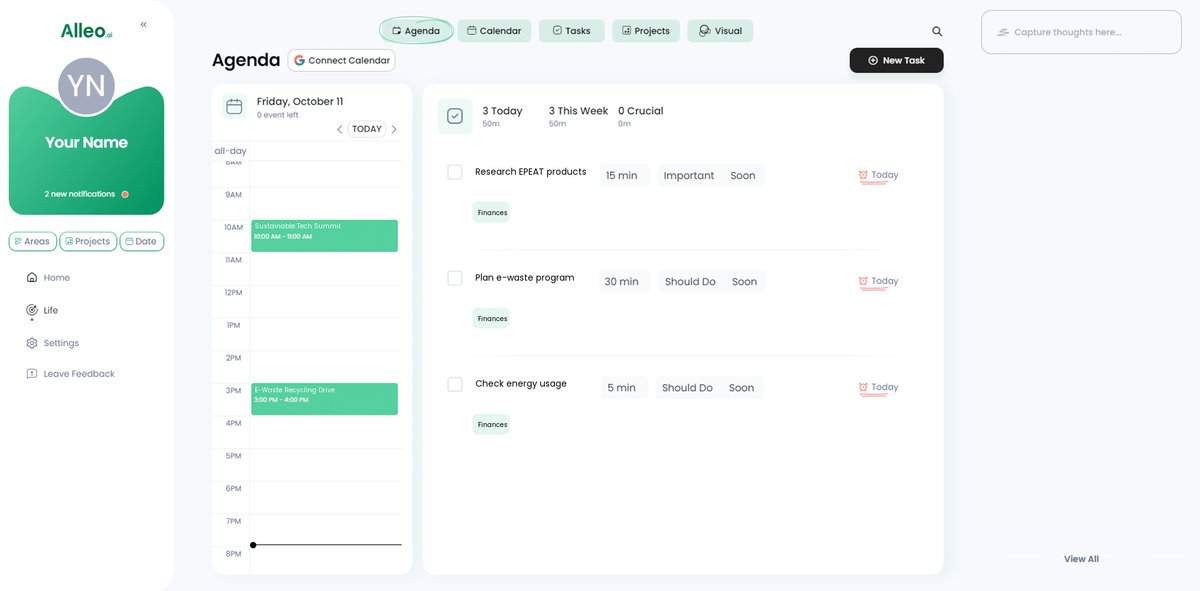Sustainable Tech Strategies: The Ultimate Guide for Small Electronics Business Owners
Have you ever wondered how you can run a sustainable electronics business that’s not only thriving but also recognized for its eco-friendly practices?
As a coach, I’ve helped many small business owners navigate the complexities of integrating sustainable electronics business practices into their operations. Balancing technological adoption with sustainability can be challenging, but the rewards are worth it, especially when implementing energy-efficient device design and e-waste reduction techniques.
In this article, we will explore actionable strategies for selecting sustainable products, managing e-waste, and adopting energy-efficient technologies. These approaches can lead to significant environmental and financial benefits, aligning with circular economy principles in electronics and promoting environmentally responsible tech innovation.
Let’s dive in.

Understanding the Sustainability Challenge
Adopting sustainable electronics business practices while keeping up with technological advancements is a significant challenge for small electronics businesses. Many clients initially struggle with balancing environmental impact and business growth in green electronics manufacturing.
Ignoring sustainability can lead to increased e-waste and damage to your business reputation. Implementing e-waste reduction techniques is crucial for long-term success.
For instance, e-waste is one of the fastest-growing types of solid waste globally. This makes it clear how critical it is to address this issue through sustainable electronics business practices.
Sustainable practices are not just beneficial for the environment but can also enhance your business’s bottom line. Incorporating energy-efficient device design and eco-friendly packaging solutions can lead to cost savings.
In my experience, businesses that fail to integrate sustainability often face higher operational costs and regulatory challenges. You don’t want to be caught off guard by these issues. Embracing sustainable supply chain management can help mitigate these risks.
Adopting sustainable strategies can help you avoid these pitfalls and thrive in a competitive market. Exploring renewable energy in electronics production and low-carbon electronics business practices can give you a competitive edge.

Overcoming the challenge of balancing technology and sustainability through sustainable electronics business practices requires a few key steps. Here are the main areas to focus on to make progress in green electronics manufacturing:
- Implement EPEAT for sustainable product selection: Select products that meet EPEAT criteria, promoting energy-efficient device design and eco-friendly packaging solutions.
- Establish an e-waste recycling program for customers: Create easy recycling options to manage electronic waste responsibly, supporting e-waste reduction techniques and circular economy in electronics.
- Adopt energy-efficient tech in business operations: Upgrade to energy-efficient equipment to reduce consumption and costs, aligning with low-carbon electronics business practices and sustainable supply chain management.
Let’s dive into these sustainable electronics business practices!
1: Implement EPEAT for sustainable product selection
Selecting EPEAT-certified products can significantly enhance your business’s sustainability, aligning with sustainable electronics business practices.
Actionable Steps:
- Research and choose EPEAT-certified products.
- Identify products that meet EPEAT standards and fit your business needs, focusing on energy-efficient device design.
- Integrate EPEAT criteria into procurement.
- Create a checklist for purchasing that ensures EPEAT compliance and supports sustainable supply chain management.
- Educate your team on EPEAT benefits.
- Conduct workshops explaining the importance of EPEAT certification and its role in green electronics manufacturing.
Explanation: these steps help your business align with industry standards while reducing environmental impact through sustainable electronics business practices.
By integrating EPEAT criteria, you ensure your products are sustainably sourced and energy-efficient, supporting low-carbon electronics business practices.
This approach not only benefits the environment but can also result in cost savings. For more details, visit the Global Electronics Council.
Key benefits of implementing EPEAT:
- Reduced environmental impact through e-waste reduction techniques
- Improved energy efficiency in line with sustainable electronics business practices
- Enhanced brand reputation for environmentally responsible tech innovation
Implementing EPEAT-certified products is a solid first step towards comprehensive business sustainability and eco-friendly packaging solutions in the electronics industry.

2: Establish e-waste recycling program for customers
Setting up an e-waste recycling program for your customers is essential in reducing environmental impact and promoting sustainable electronics business practices.
Actionable Steps:
- Partner with certified e-waste recyclers.
- Research local e-waste recycling facilities and establish collaborations to support e-waste reduction techniques.
- Create an easy-to-use recycling system for customers.
- Set up drop-off points or scheduled pick-up services for e-waste, promoting circular economy in electronics.
- Promote your e-waste recycling initiatives.
- Use marketing channels to inform customers about the program and its environmental benefits, emphasizing low-carbon electronics business practices.
Explanation: these steps are crucial for managing electronic waste responsibly and engaging your customers in sustainable practices. Partnering with certified recyclers ensures proper handling of e-waste, while an easy-to-use system encourages customer participation in green electronics manufacturing.
Promotional efforts can increase awareness and support for your initiatives. For more details, visit the EPA’s success stories on reducing waste.
By implementing these strategies, you not only contribute to a healthier environment but also enhance your business reputation and customer loyalty while promoting sustainable electronics business practices.

3: Adopt energy-efficient tech in business operations
Incorporating energy-efficient technologies in your sustainable electronics business practices is essential for reducing costs and environmental impact.
Actionable Steps:
- Conduct an energy audit of your business.
- Identify areas where energy consumption can be reduced.
- Hire a professional to perform the audit and provide recommendations for green electronics manufacturing.
- Upgrade to energy-efficient equipment.
- Replace outdated electronics with energy-efficient device designs.
- Apply for grants or subsidies to offset the cost of new equipment.
- Implement smart technology for energy management.
- Use AI and IoT solutions to monitor and control energy usage in electronics production.
- Install smart thermostats and lighting systems for low-carbon electronics business practices.
Explanation: these steps are essential to ensure your business remains competitive and environmentally responsible.
Conducting an energy audit can help you identify wasteful practices and save money. Upgrading equipment and using smart technology can significantly reduce your energy consumption and support sustainable electronics business practices.
For more insights, check out how smart technologies improve efficiency in various industries.
Smart technologies for energy management in sustainable electronics business practices:
- Automated lighting systems
- Energy monitoring software
- Smart HVAC controls
By adopting these energy-efficient practices, you can enhance your business’s sustainability and profitability while promoting eco-friendly packaging solutions and e-waste reduction techniques.

Partner with Alleo to Boost Your Business Sustainability
We’ve explored the challenges of integrating sustainable electronics business practices into your small electronics business and the steps to achieve it. But did you know you can work directly with Alleo to make this journey towards green electronics manufacturing easier and faster?
Setting up an account with Alleo is straightforward. You start by creating a personalized plan tailored to your business needs, focusing on sustainable supply chain management and eco-friendly packaging solutions.
Alleo’s AI coach will guide you through choosing EPEAT-certified products, setting up an e-waste recycling program, and adopting energy-efficient technologies for your device design.
The AI coach provides affordable, tailored support, similar to any human coach. Alleo ensures you stay on track with your sustainable electronics business practices by sending reminders and updates via text and push notifications.
The coach will follow up on your progress and help you handle changes effectively, supporting your transition to low-carbon electronics business practices.
Ready to get started for free? Let me show you how to implement sustainable electronics business practices!
Step 1: Log In or Create Your Account
To begin your sustainable business journey with Alleo, Log in to your account or create a new one to access personalized guidance on implementing eco-friendly practices in your small electronics business.

Step 2: Choose “Building better habits and routines”
Select “Building better habits and routines” to establish sustainable practices in your electronics business, helping you integrate eco-friendly processes and energy-efficient technologies into your daily operations.

Step 3: Select “Finances” as Your Focus Area
Choose “Finances” as your focus area to align your sustainability efforts with cost-saving strategies, helping you implement eco-friendly practices while improving your business’s bottom line.

Step 4: Starting a coaching session
Begin your sustainability journey with an intake session, where Alleo’s AI coach will help you set up a personalized plan for implementing EPEAT-certified products, e-waste recycling, and energy-efficient technologies in your small electronics business.

Step 5: Viewing and Managing Goals After the Session
After your coaching session on sustainable tech strategies, check your Alleo app’s home page to review and manage the goals you discussed, such as implementing EPEAT-certified products or setting up an e-waste recycling program.

Step 6: Adding events to your calendar or app
Track your progress in implementing sustainable practices by adding key milestones and tasks to your calendar or app, allowing you to monitor deadlines and achievements as you work towards a more environmentally-friendly electronics business.

Embrace Sustainable Growth for a Bright Future
We’ve navigated the complexities of balancing technology adoption with sustainable electronics business practices. Now, it’s time to take action.
By implementing EPEAT-certified products, you can ensure your business makes environmentally conscious choices in green electronics manufacturing. Establishing an e-waste reduction program will engage your customers and promote circular economy in electronics.
Adopting energy-efficient device design and technologies will lower your operational costs and environmental footprint, supporting low-carbon electronics business practices.
Remember, every small step towards sustainability counts. You can make a significant impact on both your business and the planet through sustainable supply chain management.
Don’t hesitate to take these steps today. Alleo is here to support you with personalized guidance and tools for environmentally responsible tech innovation.
Ready to transform your business with sustainable electronics business practices? Start your journey with Alleo for free and see the difference.